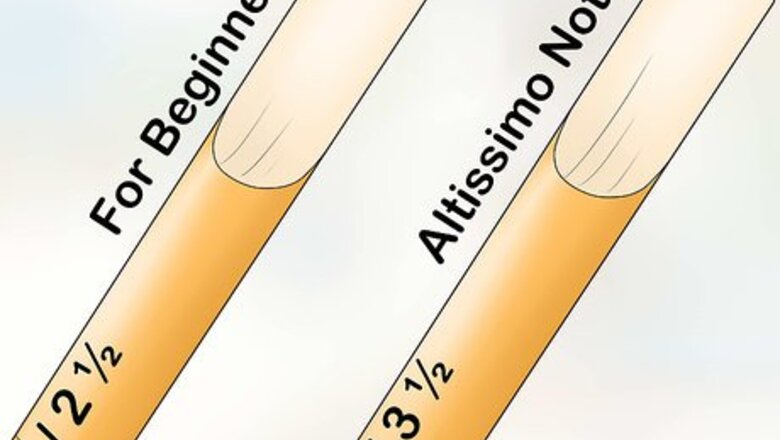
views
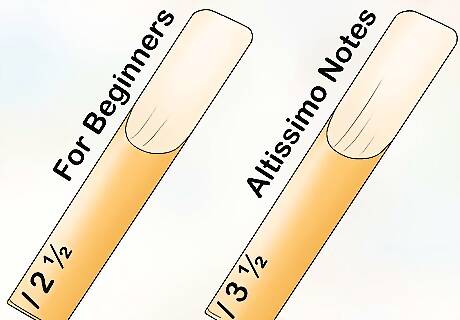
Choose a good reed. Most beginners start out on a 2 or a 2 1/2, but if you've been playing for a while and are moving into the higher register and/or altissimo notes, try a 3 or 3 1/2.
Many clarinet players in band at school who participate in the top band may use a 4 too.
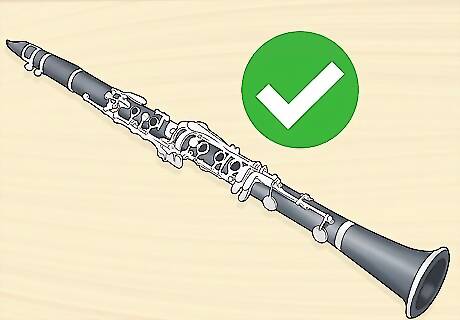
Have the best clarinet that you possibly can. If you're still playing your 20-year-old hand-me-down Bundy, it's time for an upgrade -- go for a good plastic or wooden clarinet. Wood generally has a very nice tone quality, but plastic clarinets can sound good as well, and they're cheaper. If you aren't sure you are going to continue playing clarinet, then don't buy a new clarinet yet. They can range hundreds of dollars for a decent one, to thousands for a professional one.If you already have a good clarinet, be sure to keep up with its maintenance. A COA (Cleaning, Oiling, Adjusting) once or twice a year is very important. If you find it difficult to put your clarinet together, then I recommend greasing it with cork grease.
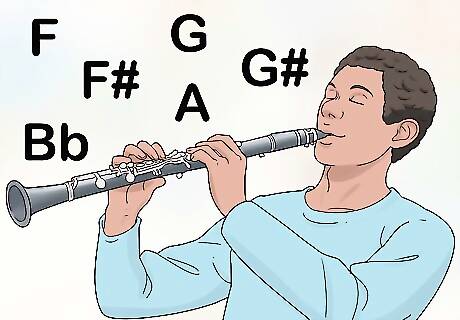
Practice the open-throat tones. The F, F#, G, G#, A, and Bb in the staff are the open throat tones for the clarinet. This means that when playing these notes, you are plugging very few (or no) holes, and are usually only opening more. The air in the clarinet is going to travel less and with barely any resonance in the clarinet. Sit up straight, and, using the diaphragm, push air out playing the open G. Try to relax the throat so it's nice and open while not losing the embouchure. This takes years of practice and muscle training.
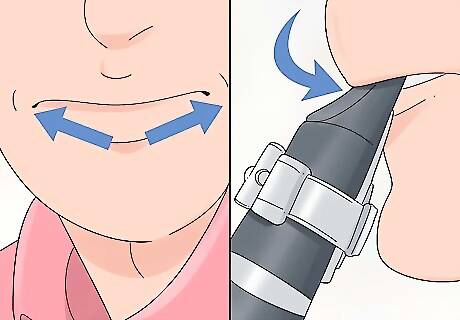
Make sure your embouchure is correct. Many players who are just starting or have never had correct instruction will make the mistake of "smothering" the reed with too much bottom lip, closing the throat to limit airflow, or any number of other mistakes. To form a correct embouchure, you should flatten your lower lip against your bottom teeth (as if you are putting on lipstick), which will flatten out your chin. Place the mouthpiece on your lower lip, rest your top teeth on it, and close up the "gaps" with your lips, in a drawstring fashion (keep the corners of your lips tight - no air should be leaking through). This prevents you from putting too much pressure on the reed and should make it easier to produce a rich, full sound.
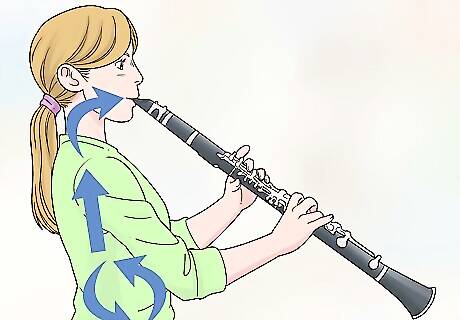
Similarly, make sure you are filling the clarinet with air. While it is a small instrument, it does take some work to get the most sound and volume potential out of it. When breathing, fill up your lungs from the bottom up, and blow from your stomach, not your throat. Be sure to sit up straight and have correct posture while playing. If this is done correctly over a long period of time, you'll notice your lung capacity gradually increasing and you'll strengthen your abs. If you are having trouble feeling what this kind of breath support should feel like, try standing up with your feet together and putting your weight on your toes, to the point where you are almost leaning forward. Play something. Once you see how this should feel, you should be able to transfer the same breath support to playing while seated.
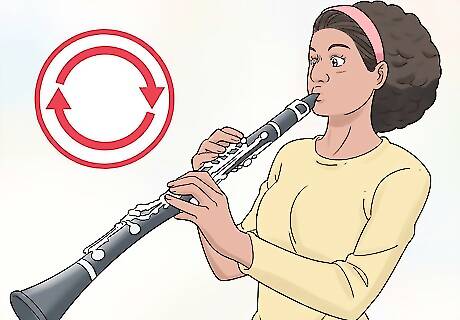
Practice and play often. Your tone quality will only get better the more you practice, and it really helps with the highest and lowest notes.
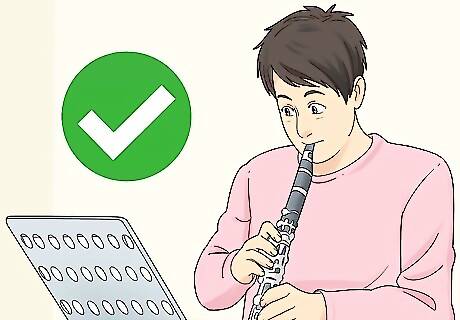
Keep working at it. Good tone quality doesn't happen overnight, and in the end, it all comes down to skill and dedication to the instrument
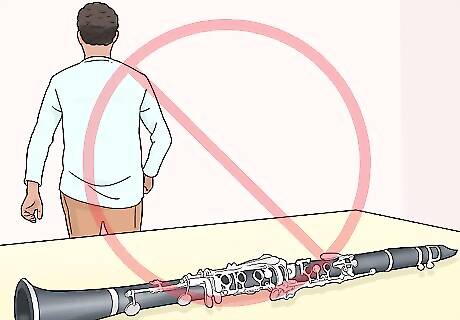
Don't give up all your practice. It will definitely be worth it!

















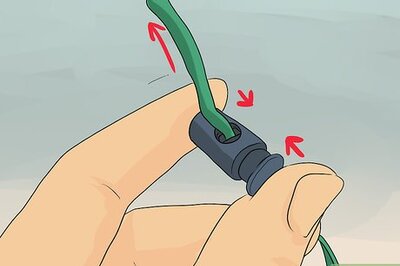

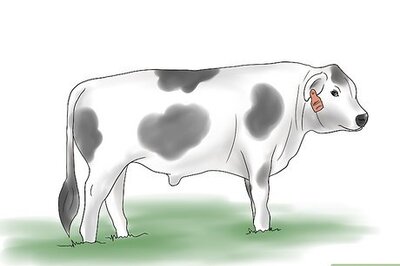
Comments
0 comment